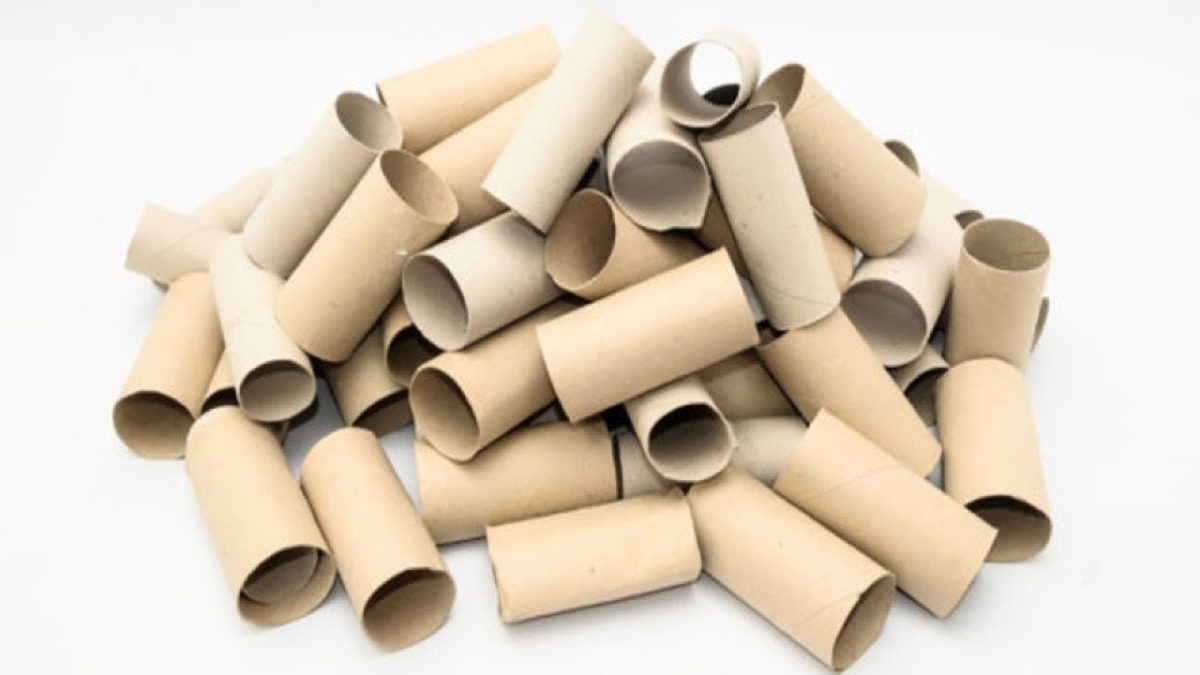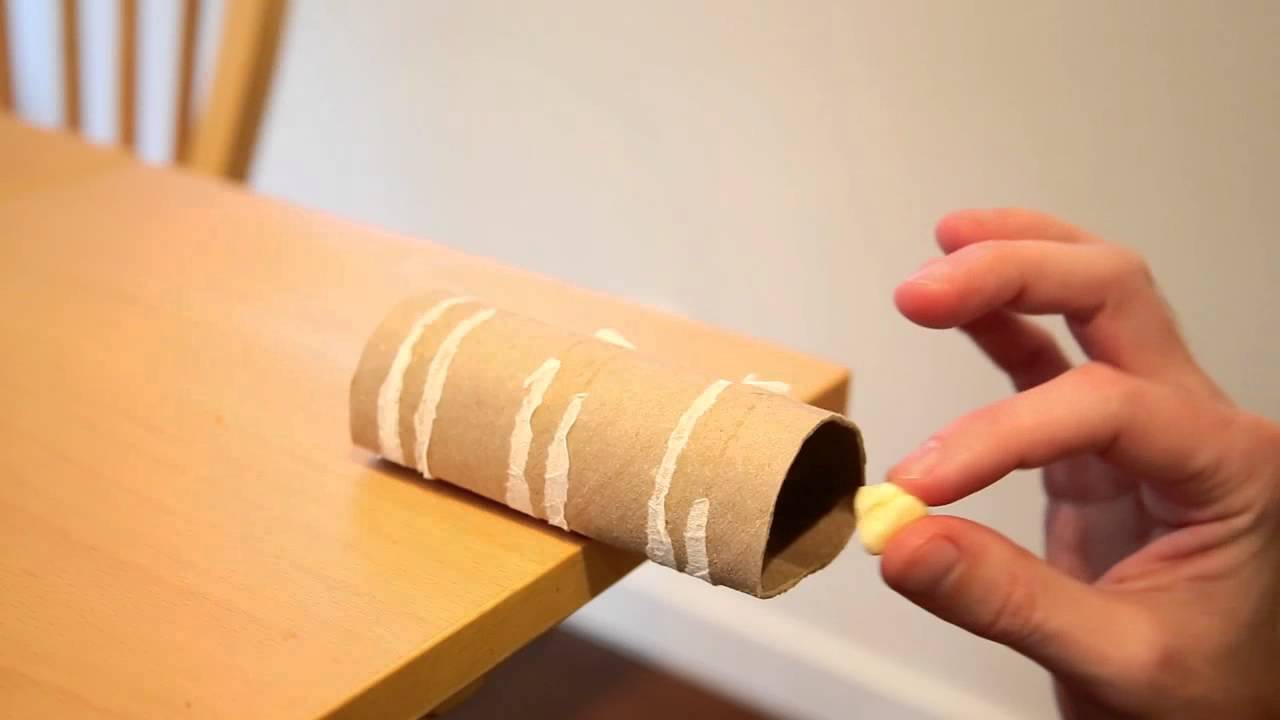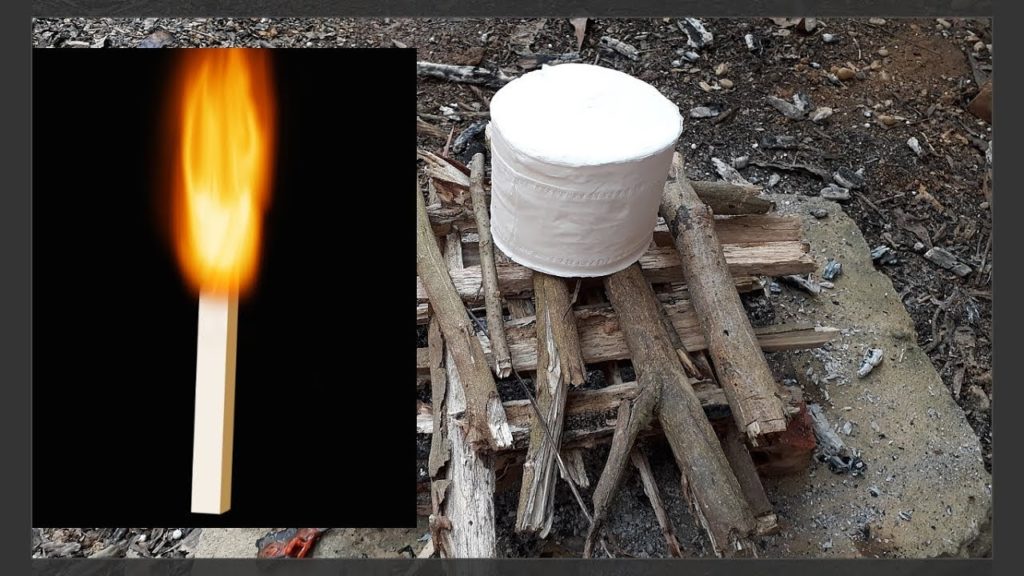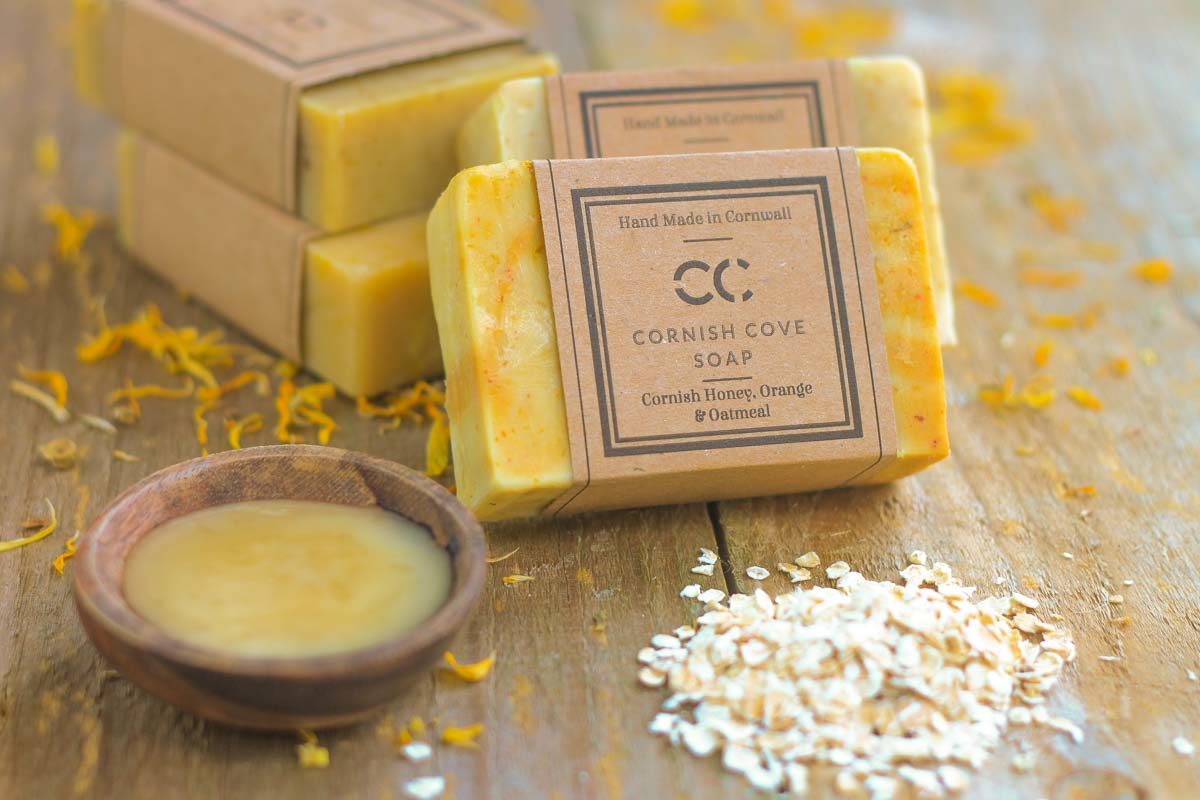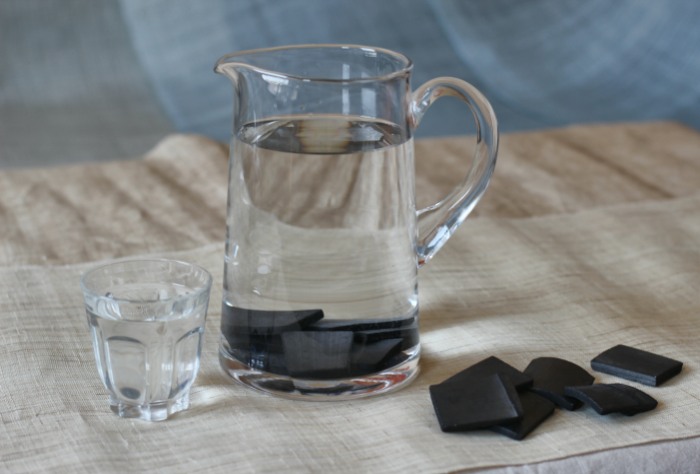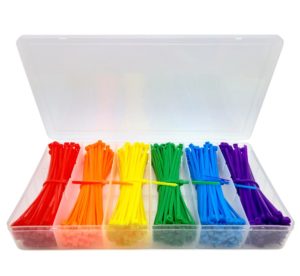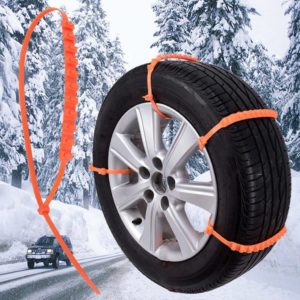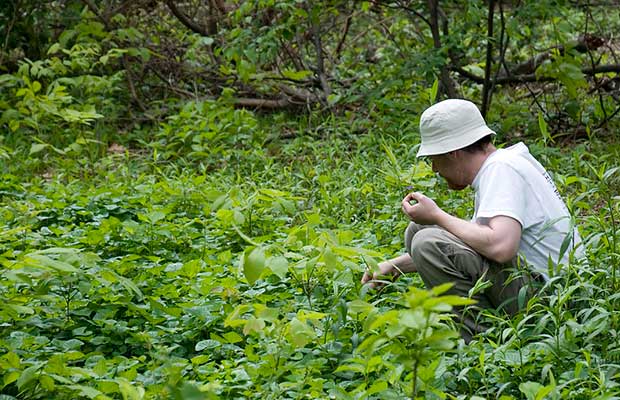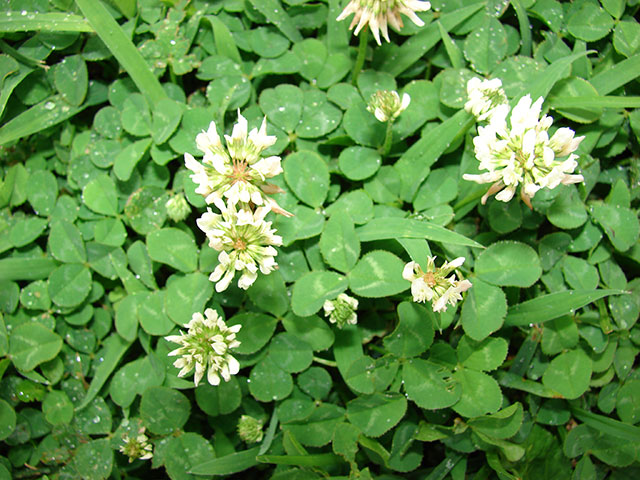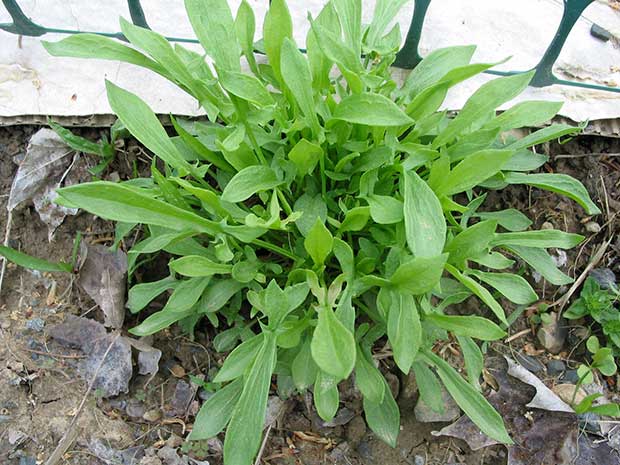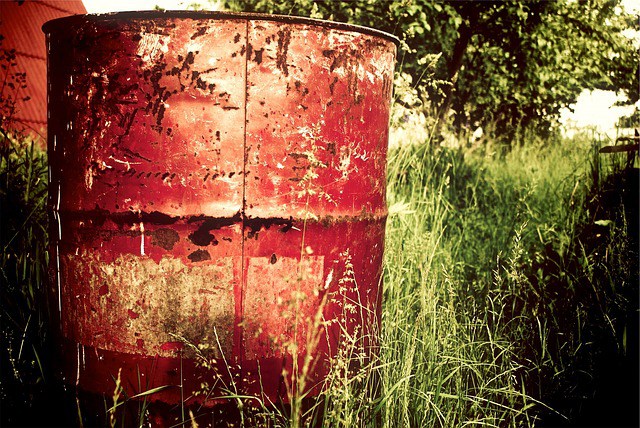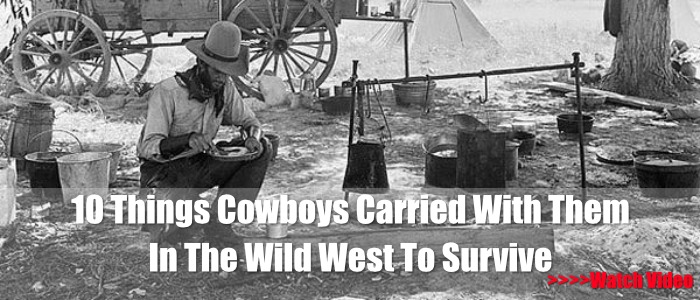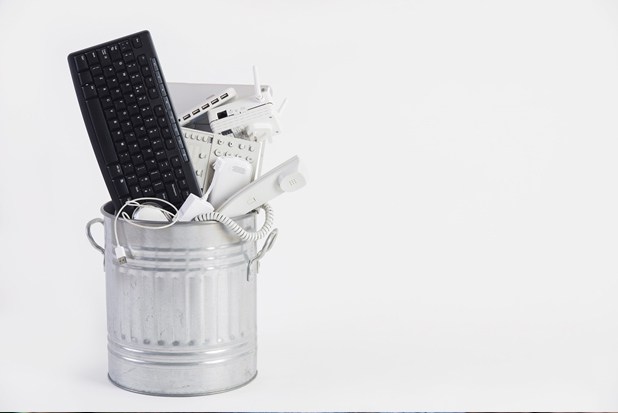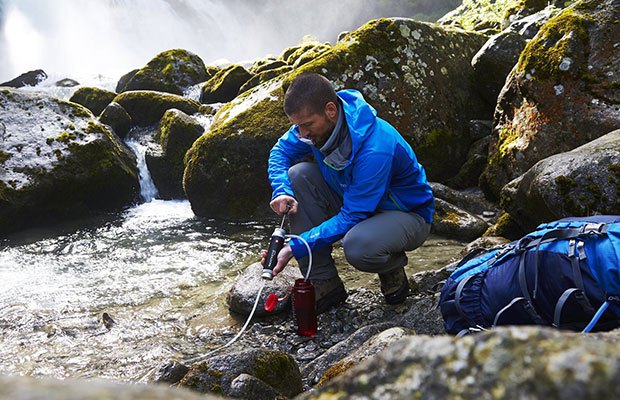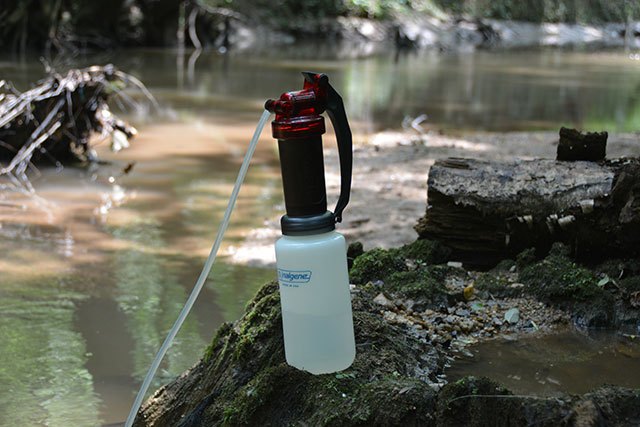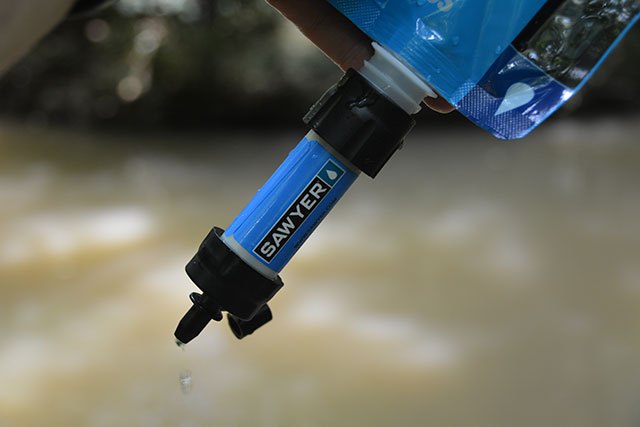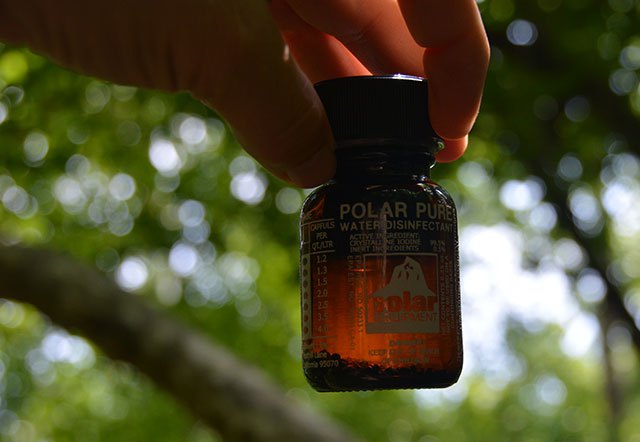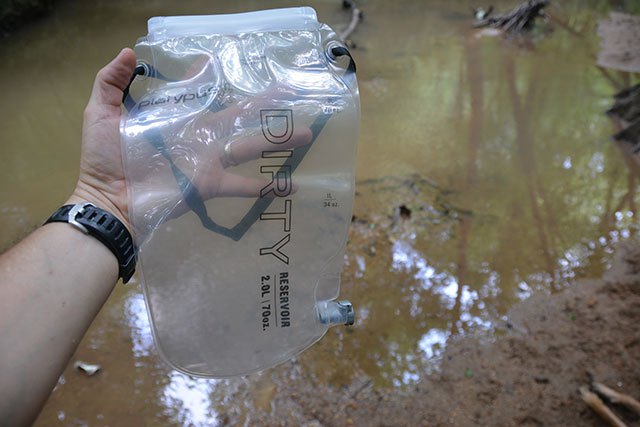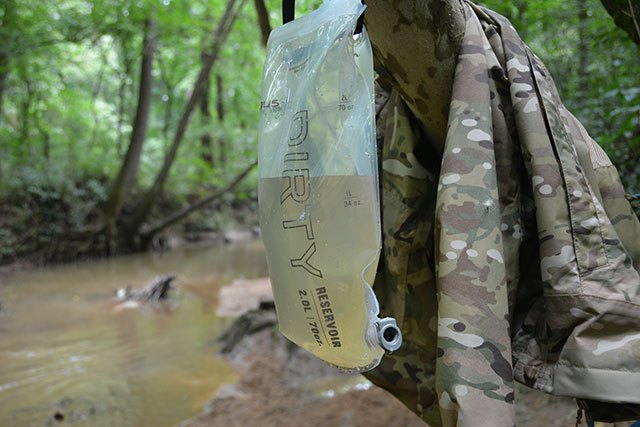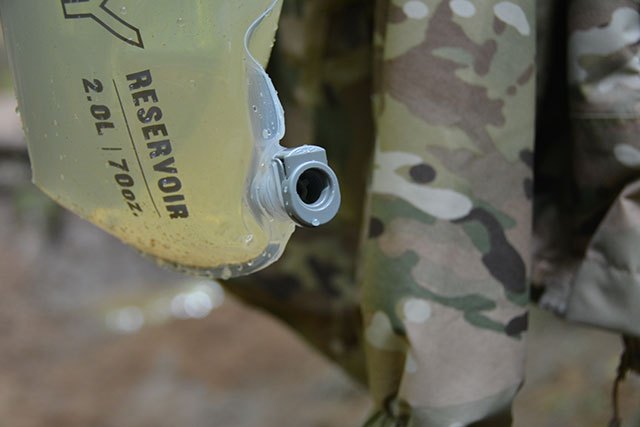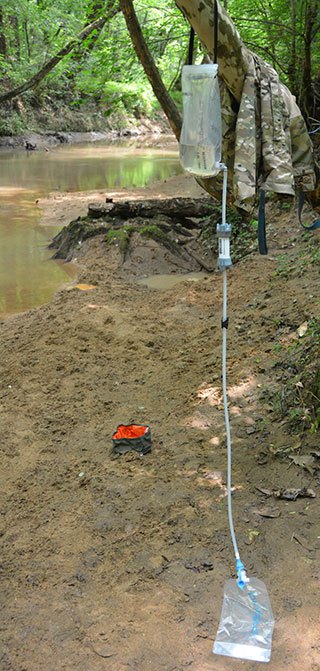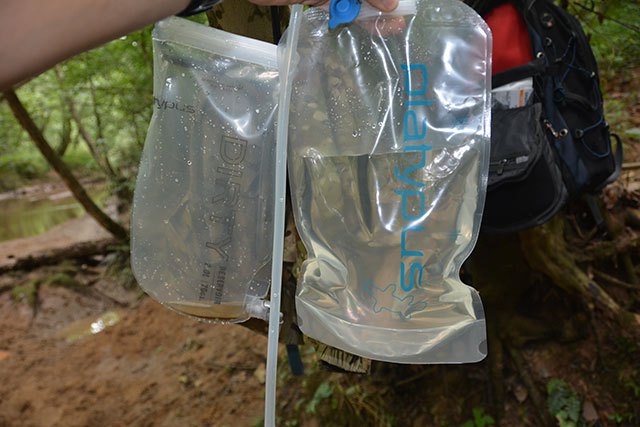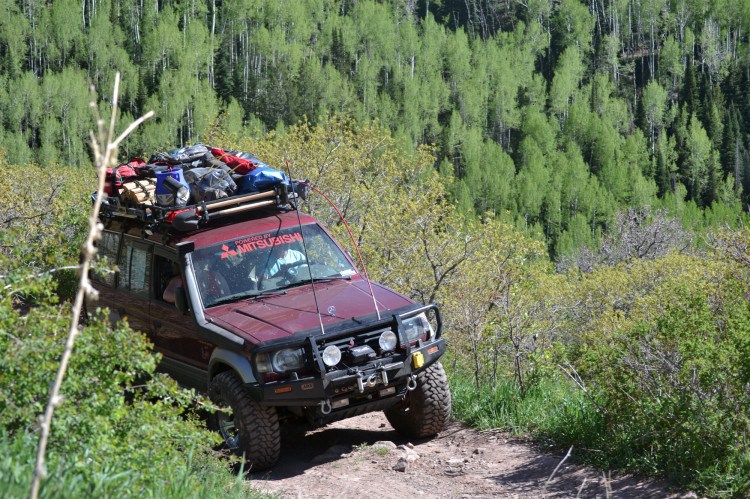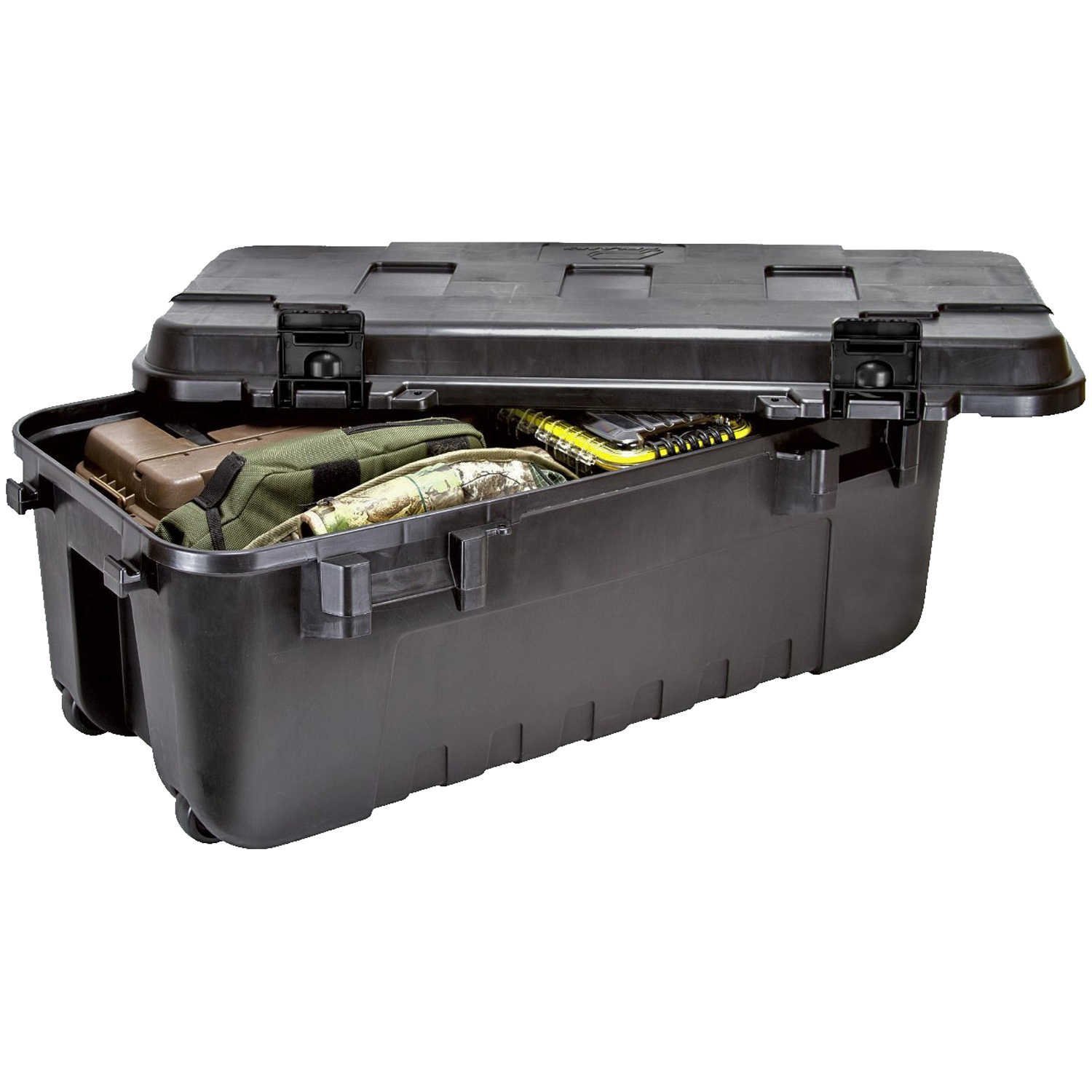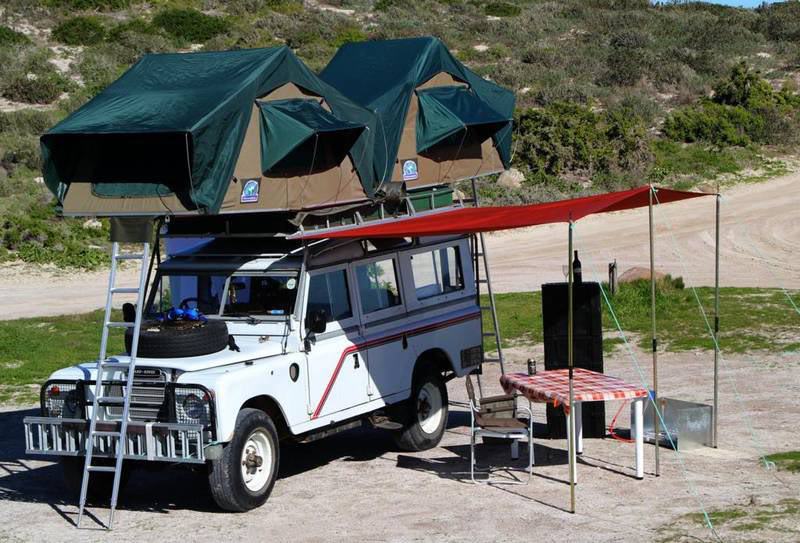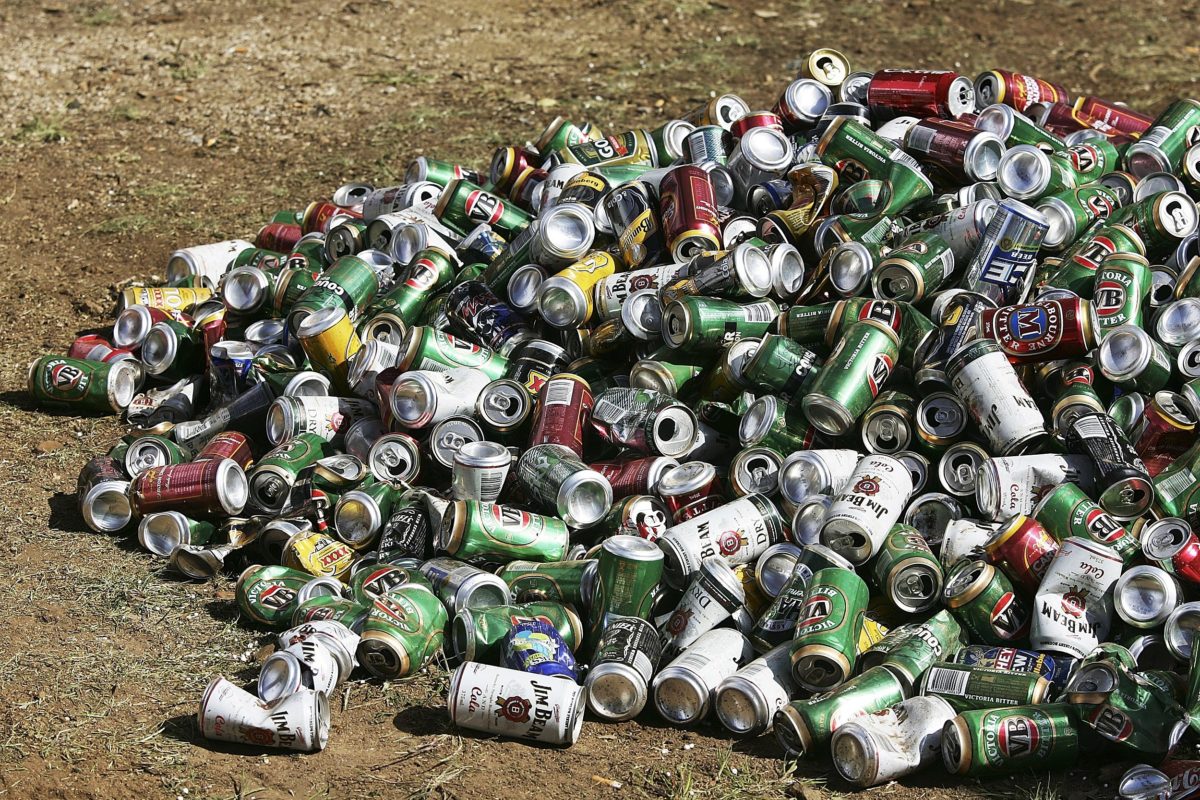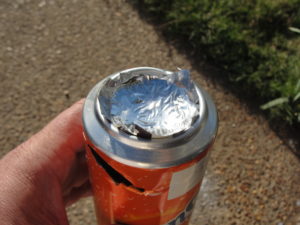14 Reasons to Start Stockpiling Vinegar Right Now!
Remember when we were kids, and our moms used to tell us to wash the carpets with water and vinegar? Yeah, the aroma alone was enough to send an elephant to the ICU but, surprisingly enough, everything smelled like brand-new afterward. And because I hated doing the carpets and upholstery as a kid, I did my best to stay as far away from that stuff as possible. Big mistake!
Anyway, vinegar does not only go well in salad dressing or to clean various household objects but has many other purposes. And since we simply cannot ignore the fact that vinegar’s just as useful around the house like baking soda and rock salt, I’ve decided to write this not-so-short and an awesome piece on how you can take full advantage of the ghost of wine past in an SHTF situation.
So, without further ado, here are 14 reasons why every prepper should stockpile as much vinegar as possible.
- No more bumper stickers and decals
The worst thing about buying a car from a second-hand dealer is that no matter how hard you look at it, you’ll still end up with a surprise or two. Mine was bumper stickers and decals. I don’t know who was the former owner of my car, but that person really had a thing for sticky logos and drawing.
I’m not kidding you when I say that those damned things were everywhere – windshield, side windows. There’s was even one on the left tail light. Anyway, the dealer offered a pretty good bargain, and apart from the stickers, the car was otherwise in great shape.
Now, if you somehow wound up in the same situation as me, forget about WD 40 or sprays for bumper sticker removal. Put two tablespoons of vinegar in a bucket of water and pour over the area covered in stickers.
Wait a couple of minutes and then use an ice scraper to remove the sticker. It works like a charm, and the sticker will come off without leaving any glue marks on the window. You can also try it on decals – same recipe, but repeat the process three times for good results.
Related – Knowledge to survive any medical crisis situation
- Getting rid of acne
Acne’s now a welcoming sight, regardless if you’re 14 or 44 (yeah, it can happen during late adulthood too). The bad news is that apart from taking your prescription meds and ensuring that your face is al clean and oil-free as possible, there’s not much you can do about it; and, of course, there’s the scratching.
Now, in order to get rid of the itchiness, mix water and four teaspoons of apple cider vinegar in a glass. Use this mixture to wash your face and rinse with clean water. This also helps the tissue heal faster and prevents the icky stuff from spreading.
- Making your candle or propane lantern wicks last longer
Emergency candles and propane lanterns are great for those not-so-romantic moments when the power grid fails. However, neither is a long-term solution. If you have reasons to believe that you’ll need to brave the dark a while longer, try soaking the wicks of your emergency candles and propane lanterns in an all-vinegar solution. This will give you at least 3 to 4 hours of flame per candle\lantern.
Related – 4 Important Forgotten Skills used by our Ancestors that can help you in any crisis
- Removing Warts
Even the thought of having to endure another wart makes my skin crawl (had one right on my sole). You can go to your local drug store and spend tens of dollar on wart removal solutions which won’t help you with anything other than making a dent in your wallet or you can try this neat prepper remedy.
In a tall water glass, put four teaspoons of apple cider vinegar, and one teaspoon of vegetable glycerin. Shake and leave it be for a couple of minutes.
In the meantime, wash the wart and the surrounding area with soap and clean water and dry off with a towel. Dap both the wart and the area around it with betadine or another disinfectant.
Now, soak a gauze in the vinegar+water+glycerin mixture and clean the warty area. Do these two or three times a day. By the end of the second day, you’ll see that the wart begins to shrink. Continue the treatment until the bulge disappears. You’re welcome!
- Stop the tummy-rumbling.’
In case you forgot to buy antacid or any other kind of tummy pill, you can soothe your rumbling stomach by drinking a glass of water mixed with two teaspoons of vinegar. Also does wonders for heartburns, heartaches, and, possibly, broken hearts.
- No more dandruff
This may no quality as an SHTF situation, but then again, dandruff is neither healthy nor aesthetic. I found that regular anti-dandruff shampoos don’t do shit about that white stuff. However, if you add a splash of apple cider vinegar to your hair before using regular shampoo, dandruff will bother you no longer.
Here’s what you’ll need to do – get some moisture into your hair and add two squirts of vinegar. Massage your scalp and wait at least five minutes. Rinse with plenty of water. Finish up with regular shampoo or conditioner.
Bear in mind that depending on your type of hair and skin you may need to repeat this process. I myself had to wash my hair three times a week with vinegar and shampoo for two weeks before I got rid of dandruff.
- Best pest-repellant ever
I admit that I sometimes forget to drive my pets to the vet clinic for their regular checkups and, of course, delousing. But that doesn’t mean that I allow those awful fleas to do as they will.
Now, if you really haven’t the time nor the money for the vet, because shit happens, put one teaspoon of vinegar in a glass of water and use this mixt to wash your dog’s fur (haven’t tested it on my cats ‘cause, you know cats and waters really don’t mix). Wait for at least a couple of hours before rinsing with plenty of water.
Related –How to make the ultimate painkilling tincture
- Making veggies green again
You really don’t need to throw every wilted veggie in the fridge. All they need is a little love, tenderness, and a splash of apple cider vinegar. In a spraying bottle, mix one tablespoon of vinegar with cold water. Give your veggies good spraying, and they’ll regain that hunter-green color in no time.
- Keeping diabetes in check
You know that you really don’t need to use that insulin pen each time there’s a small variation in your blood sugar levels, right? In most diabetes cases, glucose levels can be kept at a normal value by eating the right stuff.
Now, in case you have issues controlling that blood sugar level, drink a glass of water mixed with two teaspoons of apple cider vinegar. Please keep in mind that this is only a short-term solution, which means that you will still need to take your prescription meds and use insulin if there are bigger variations.
- Removing rust from moving parts
In the past, vinegar has been successfully employed to remove rust from moving parts like cogwheels, springs, and levers. You can also use it to get rid of rust from just about any kind of metallic.
In order to free up a mechanism that simply refuses to budge on account of the rust, take out all the moving parts and soak them overnight in water and vinegar. Take out, allow them to dry, and reassemble the mechanism. If there’s still friction, take it apart again and repeat the procedure.
- Removing candle wax from wooden surfaces
Nothing beat a romantic candlelit dinner, especially after the light goes out. Dinner – good, removing candle wax from furniture and tablecloth – very, very bad. Well, it’s not that hard to get the excess wax out, but it tends to leave a nasty behind.

Here’s how to get rid of candle wax fast and easy – use a hair drier to heat up the wax. Mix water and vinegar in a small bowl. Use this concoction to scrub the area.
- Eating pesticide-free veggies
I love going to the farmer’s market to purchase my favorite veggies. Still, whatever I do doesn’t seem to make a difference when it comes to the pesticide part – sure, there, more or less, safe to eat, but they sure have a funky taste. Sometimes I even contemplate skipping dinner and grab some take-out because I lack the emergency to wash every lettuce or cabbage leaf.
In searching for ways to get rid of dirt and pesticides from veggies fast, I stumbled upon this little prepper’s trick which involves the use of apple cider vinegar and baking soda. I can state for the fact that it works – even the taste’s different.
Here’s how to do it – fill your sink with clean and cold water (don’t forget about the plug). Add one tablespoon of apple cider vinegar and one tablespoon of baking soda. Now place your veggies inside and let them soak for at least 15 minutes. Drain the water, rinse with cold water, and enjoy a pesticide-free veggies dinner.
Related –The vital self-sufficiency lessons our great grand-fathers left us
- Crafting a fly trap
Word of caution before I tell you how to piece together the trap – this only works for gnats or fruit flies. I wouldn’t try out on other flying critters.
Anyway, grab the biggest mason jar you find around the house and use a nail or your survival knife to poke a couple of holes in the lid. Bear in mind that these holes must be big enough for the flies to pass through. Fill the jar halfway with apple cider vinegar and place on the kitchen counter. Attracted by the sweet smell, the flies will go inside and drown.
- Getting rid of callouses on your feet
Staying on your feet from dusk till dawn is probably one of the best health shots. Still, your feet might have a thing or two to say at the end of the day. Callouses are nasty, and there but the first step to other ‘wonderful’ things such as blisters and even warts.
There’s a way to get rid of those callouses and, of course, the not-so-great smell that goes along with them. Before hitting the sack, fill the bathtub with warm water. Add two tablespoons of apple cider vinegar and soak your feet for at least 20 minutes. I personally prefer to add a little bit of Epsom salts – they’re very soothing for the skin and prevents crackling.
Did I manage to convince you to stockpile more apple cider vinegar? Hit the comments section and let me know your thoughts.
I thought you needed a break from our Weed Week.
However, starting a pot stock-pile is also a very good idea.
I’m just saying.
God Bless.
Other Self-sufficiency and Preparedness solutions recommended for you:
The Lost Ways (The vital self-sufficiency lessons our great grand-fathers left us)
Survival MD (Knowledge to survive any medical crisis situation)
Backyard Liberty (Liberal’s hidden agenda: more than just your guns…)
Alive After the Fall (Build yourself the only unlimited water source you’ll ever need)
The Lost ways II (4 Important Forgotten Skills used by our Ancestors that can help you in any crisis)
The Patriot Privacy Kit (Secure your privacy in just 10 simple steps)
Ok, let's talk vinegar. Or what happens when wine goes bad. Or, as we preppers like to call it, the stuff that dreams are made of.






